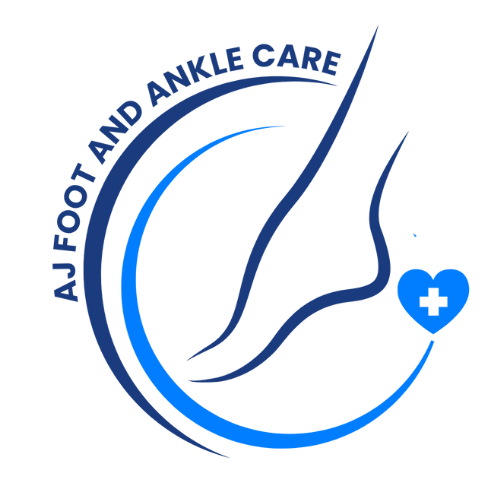Corns & Calluses
Corns and calluses are thickened areas of skin that develop as a result of repeated friction or pressure. While they are not typically dangerous, they can become painful or interfere with your ability to walk comfortably. Proper care can relieve discomfort and prevent complications, especially if you have underlying conditions like diabetes or poor circulation.
What Are Corns and Calluses?
Both corns and calluses are the body’s natural response to pressure and irritation. They develop to protect the underlying skin and tissues but can become problematic when they grow too thick or form in sensitive areas.
-
Calluses are larger, broader areas of thickened skin. They commonly develop on the soles of the feet, especially under the heels or balls of the feet, and often feel hard or rough.
-
Corns are smaller and more focused areas of thick skin, usually found on the tops or sides of the toes. Unlike calluses, corns often have a central core and can become very painful if they press into the skin.
Causes
Corns and calluses develop due to:
-
Wearing shoes that are too tight, too loose, or have high heels
-
Walking barefoot on hard surfaces
-
Foot deformities such as bunions or hammertoes
-
Abnormal gait or foot structure
-
Repetitive friction or pressure from walking, running, or standing for long periods
Over time, the skin thickens in response to this pressure, creating a protective barrier that can become uncomfortable.
Symptoms
-
Thickened, rough, or hardened skin
-
A raised bump or hardened area, especially over bony spots
-
Tenderness or pain beneath the thickened skin
-
Flaky, dry, or waxy appearance
-
Discomfort when wearing shoes or walking
If a corn or callus becomes too thick or cracks, it can lead to infection or open sores.
Diagnosis
A physical examination is usually all that is needed to diagnose corns and calluses. Your provider will examine the affected area and may ask about your footwear, activity level, or foot structure. In some cases, imaging may be used to evaluate underlying bone issues.
Treatment Options
Mild corns and calluses may go away with proper at-home care, but painful or persistent cases should be evaluated by a professional. Treatment may include:
-
Trimming or debridement: Carefully removing thickened skin in-office to reduce pressure and pain.
-
Padding: Using custom pads or inserts to relieve pressure on the affected area.
-
Footwear recommendations: Switching to properly fitting shoes with adequate toe room and cushioning.
-
Custom orthotics: Supporting the feet and correcting mechanical issues that cause friction.
-
Topical treatments: Softening creams or moisturizers to prevent skin from thickening again.
What Not to Do
-
Do not attempt to cut or shave the corn or callus yourself.
-
Avoid using medicated pads without a provider’s recommendation, especially if you have diabetes.
-
Do not ignore ongoing pain or pressure. Chronic irritation can lead to complications.
When to See a Specialist
You should schedule an evaluation if:
-
You experience pain when walking or wearing shoes
-
The thickened skin becomes red, swollen, or shows signs of infection
-
You have diabetes, poor circulation, or nerve damage
-
Corns or calluses continue to return despite proper footwear
About Dr. Mansoori
Dr. Jasmin Mansoori is a board-certified podiatrist known for her compassionate approach, clinical expertise, and commitment to delivering thoughtful, patient-centered care.
Quick Connect
office@ajfootanklecare.com
469-398-1972
737-247-7483
2301 Ohio Dr., Ste 182
Plano, TX 75093
Office Hours
Mon-Fri : 9AM – 5PM
© 2025 AJ Foot and Ankle Care. All rights reserved.
